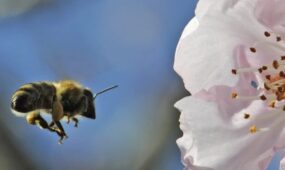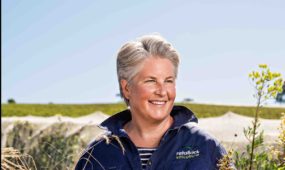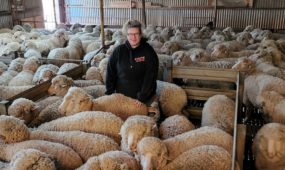Pristine seas key to South Australia seafood growth in 2017
Primary Industries
The clean waters of South Australia have long been the envy of fisheries around the globe. This year, a focus on sustainability has seen many parts of the seafood industry take control of their own future.

Sign up to receive notifications about new stories in this category.
Thank you for subscribing to story notifications.
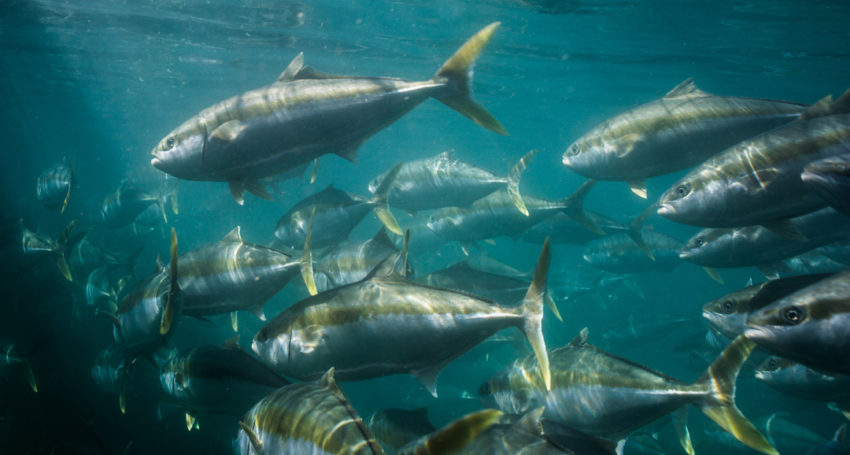
At the start of the year, SARDI partnered with wine waste experts Tarac Technologies to trial a highly efficient feed for abalone made from wine waste.
An on-farm trial is underway and could lead to a cheaper and more sustainable commercial product with massive export potential.
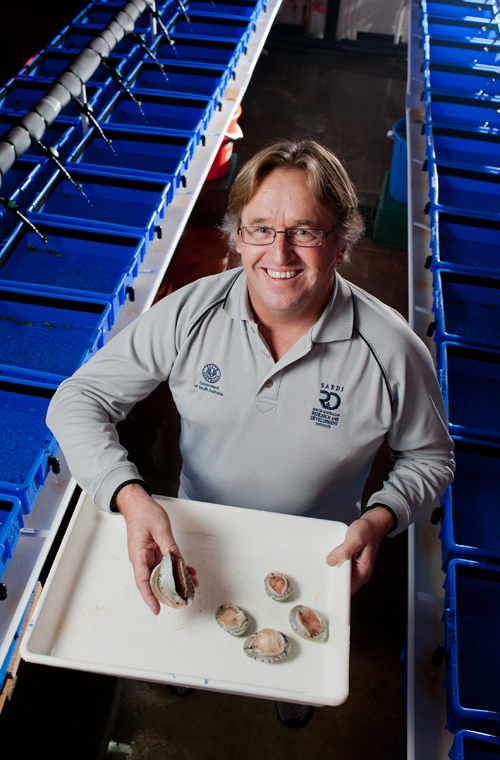
SARDI Nutrition and Feed Technology Associate Professor David Stone, pictured, said one of the major challenges facing aquaculture was finding sustainable food sources that minimised the use of marine ingredients and using a waste product such as steam distilled grape marc went part of the way to achieving this.
“You don’t want to be taking 2kg of fish from the ocean to produce 1kg of fish in a farm,” he said.
In July, work began on one of the biggest oyster reef restoration projects in the Southern Hemisphere in the waters of Gulf St Vincent. The 20 hectare (50 acre) reef offshore from the Yorke Peninsula town of Ardrossan is the first of what is planned to be five major reef projects in the state to revive wild populations of the almost extinct native mud oyster, Ostrea angasi.
It is hoped the reef in a popular recreational fishing area will also become a breeding ground to help improve the stocks of many species including King George whiting, snapper, garfish, squid and blue swimmer crabs.
In August, major Kingfish producer Clean Seas Seafood opened a processing plant in Adelaide to allow it greater control over its global supply chain. Clean Seas is the world’s largest full-cycle commercial kingfish producer and exports to 28 countries twice a week. It will also begin using new liquid nitrogen rapid freezing technology at the plant in January to give it access to new markets.
“We felt it was important to be able to control the supply chain from the hatchery right through to the final customer from a quality perspective but also from the perspective of being able to respond to customer demands and value adding opportunities,” Clean Seas Managing Director and CEO David Head said.
“The global market available to us with Kingfish is a very significant one.”
While Spencer Gulf is proving an ideal breeding ground for Kingfish, it is also recognised as a world class prawn fishery.
In November, the South Australia prawn fishery, renowned for its sustainable practices, was granted the authority to manage its own industry in what is believed to be an Australian first.
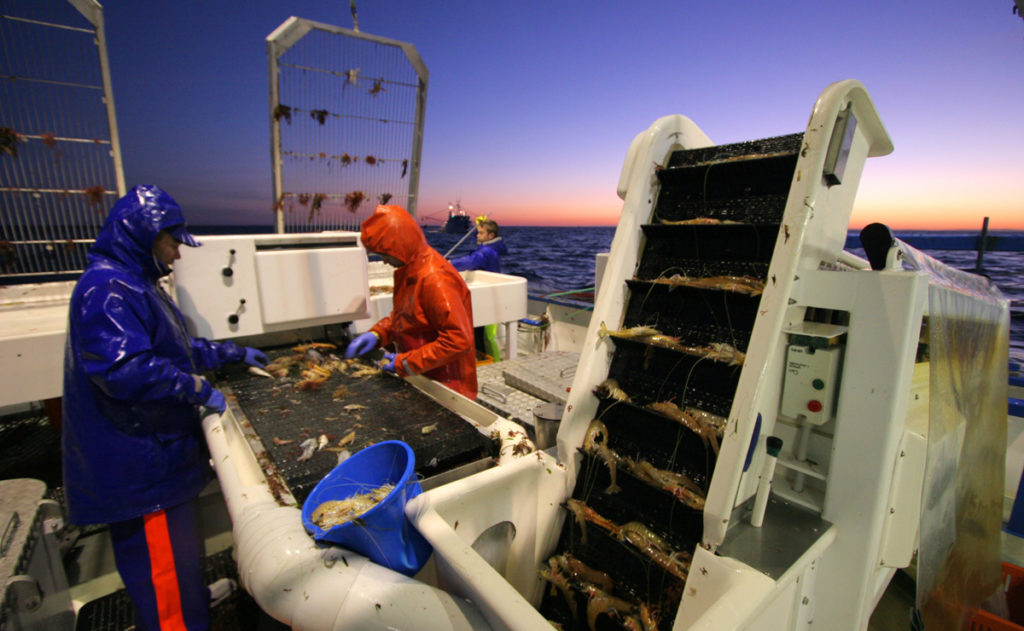
The Spencer Gulf and West Coast Prawn Fishermen’s Association (SGWCPFA) now has the authority to sign off on the management plans and harvest strategies they develop – a power previously held by the South Australian Fisheries Minister.
The South Australian government’s decision puts the power back in the hands of the people managing the fishery and will allow industry to make real-time decisions while out on the water, based on ongoing research and annual monitoring. This will create an integrated management model that will help to sustain the sector and maintain King Prawn stocks in the Spencer Gulf.
The Spencer Gulf King Prawn fishery also received the prestigious Marine Stewardship Council (MSC) certification in 2012. It is the first prawn fishery in the Asia Pacific, and the first king prawn fishery in the world to gain the certification for sustainability.
In many ways it has been a tough year for South Australia’s oyster industry.
Several outbreaks of Pacific Oyster Mortality Syndrome (POMS) disease in Tasmania and NSW led to a ban on the importation of Pacific Oyster spat into South Australia in February 2016 in a bid to keep the disease out of South Australia and keep the state’s clean and green image in tact.
This shortage of seed oysters for the past 22 months has resulted in a shortage of table oysters, which is driving up the price for the premium seafood this Christmas.
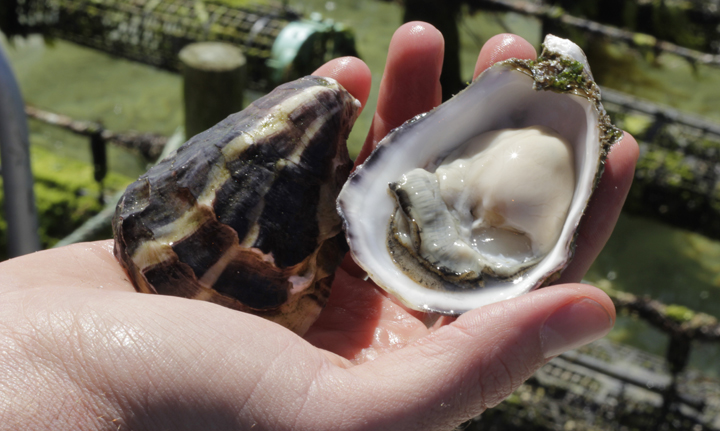
However, the supply deficit has led to the establishment of oyster hatcheries on the state’s West Coast that will ultimately allow South Australia to become a net exporter of oyster seed stock.
Oysters are one of South Australia’s most valued premium seafood products with the state typically producing about 5400 tonnes annually – generating $38 million for the local economy in 2015-16.
Industry leaders predict the expansion will allow South Australia to become Australia’s leading oyster-producing state in years to come.
Jump to next article
